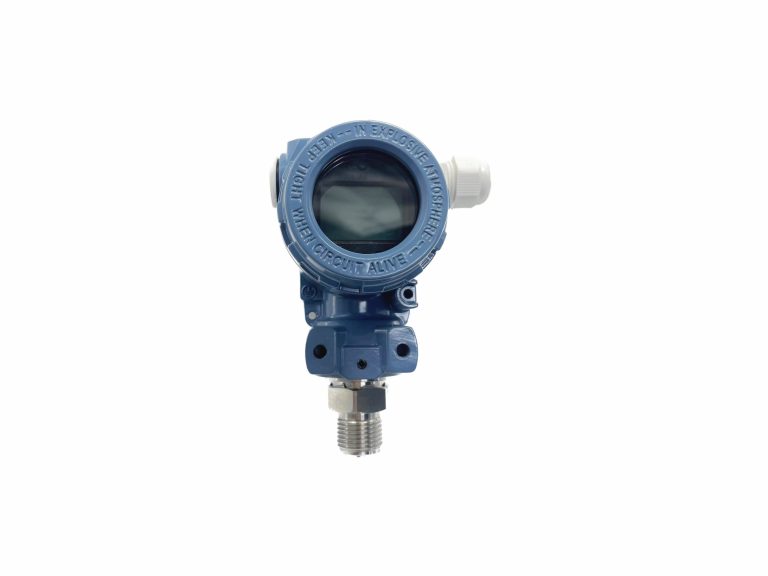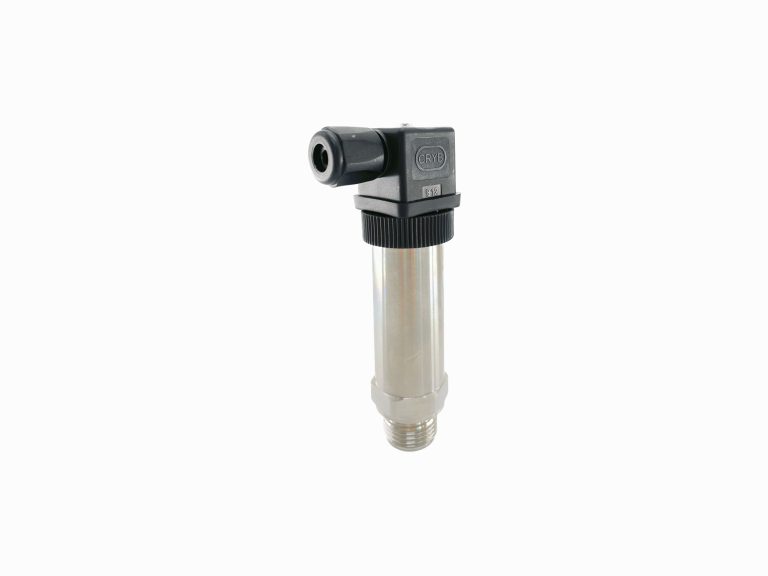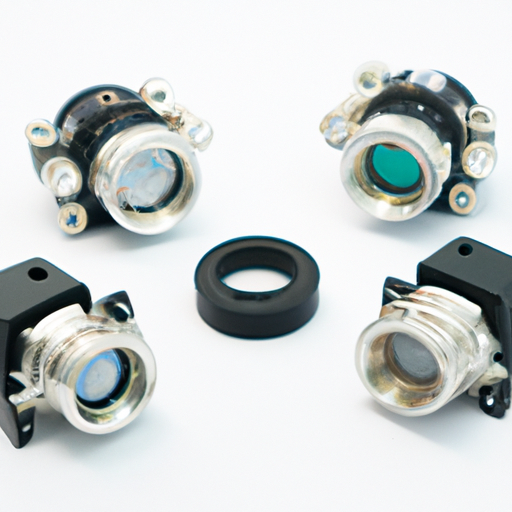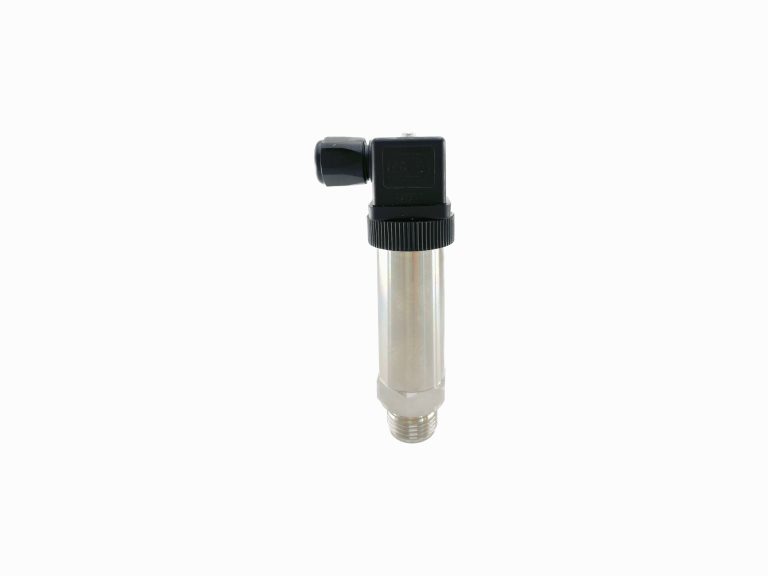Table of Contents
How Pressure Transmitters Work in Industrial Settings
Pressure transmitters are essential components in industrial settings, playing a crucial role in monitoring and controlling pressure levels in various processes. Understanding the working principle of pressure transmitters is key to ensuring their proper functioning and reliability in industrial applications. At the heart of a pressure transmitter is a sensing element that converts the applied pressure into an electrical signal. This sensing element is typically a diaphragm or a Bourdon tube, which deforms in response to changes in pressure. As the diaphragm or Bourdon tube flexes, it causes a change in resistance, capacitance, or voltage, which is then converted into a standardized electrical signal by the transmitter. The electrical signal generated by the sensing element is then amplified and conditioned by the transmitter to ensure accuracy and reliability. This signal is typically in the form of a 4-20 mA current loop, which is widely used in industrial automation and control systems. The transmitter may also include additional features such as temperature compensation and calibration adjustments to further enhance its performance.The Importance of Calibrating Pressure Transmitters in Factories
Pressure transmitters are essential components in industrial settings, particularly in factories where precise measurements are crucial for maintaining operational efficiency and safety. These devices play a critical role in monitoring and controlling pressure levels in various processes, such as manufacturing, chemical processing, and power generation. To ensure the accuracy and reliability of pressure transmitters, regular calibration is necessary. Calibration is the process of adjusting and verifying the accuracy of a measuring instrument to ensure that it provides consistent and reliable readings. In the case of pressure transmitters, calibration involves comparing the output signal of the device to a known reference standard and making adjustments as needed. This ensures that the transmitter accurately reflects the pressure being measured, allowing for precise control of industrial processes. One of the key reasons why calibration is important for pressure transmitters in factories is to maintain product quality and consistency. In manufacturing processes, pressure plays a critical role in determining the quality of the final product. For example, in the food and beverage industry, pressure transmitters are used to monitor and control the pressure in tanks and pipelines to ensure that products are processed and stored under the correct conditions. Any deviation in pressure levels can result in product spoilage or contamination, leading to costly recalls and damage to the brand’s reputation. Calibrating pressure transmitters also helps to ensure the safety of workers and equipment in factories. In industries such as oil and gas, petrochemicals, and pharmaceuticals, pressure transmitters are used to monitor and control high-pressure systems that can pose serious risks if not properly managed. Accurate pressure measurements are essential for preventing equipment failures, leaks, and other potentially hazardous situations. Regular calibration of pressure transmitters helps to identify and correct any deviations in pressure readings before they lead to safety incidents. Furthermore, calibration of pressure transmitters is essential for regulatory compliance in many industries. Government agencies and industry standards organizations often require that measuring instruments, including pressure transmitters, be calibrated regularly to ensure accuracy and traceability of measurements. Failure to comply with these regulations can result in fines, penalties, and even legal action. By maintaining accurate and calibrated pressure transmitters, factories can demonstrate their commitment to quality, safety, and compliance with industry standards. In addition to these benefits, proper calibration of pressure transmitters can also lead to cost savings for factories. By ensuring that pressure measurements are accurate and reliable, factories can avoid costly downtime, rework, and waste caused by inaccurate readings. Calibrated pressure transmitters help to optimize processes, improve efficiency, and reduce energy consumption, leading to increased productivity and profitability.| Measuring medium | Gases, vapours, liquids |
| Inaccuracy | ±0.075% |
| stability | ±0.1%/3 years |




